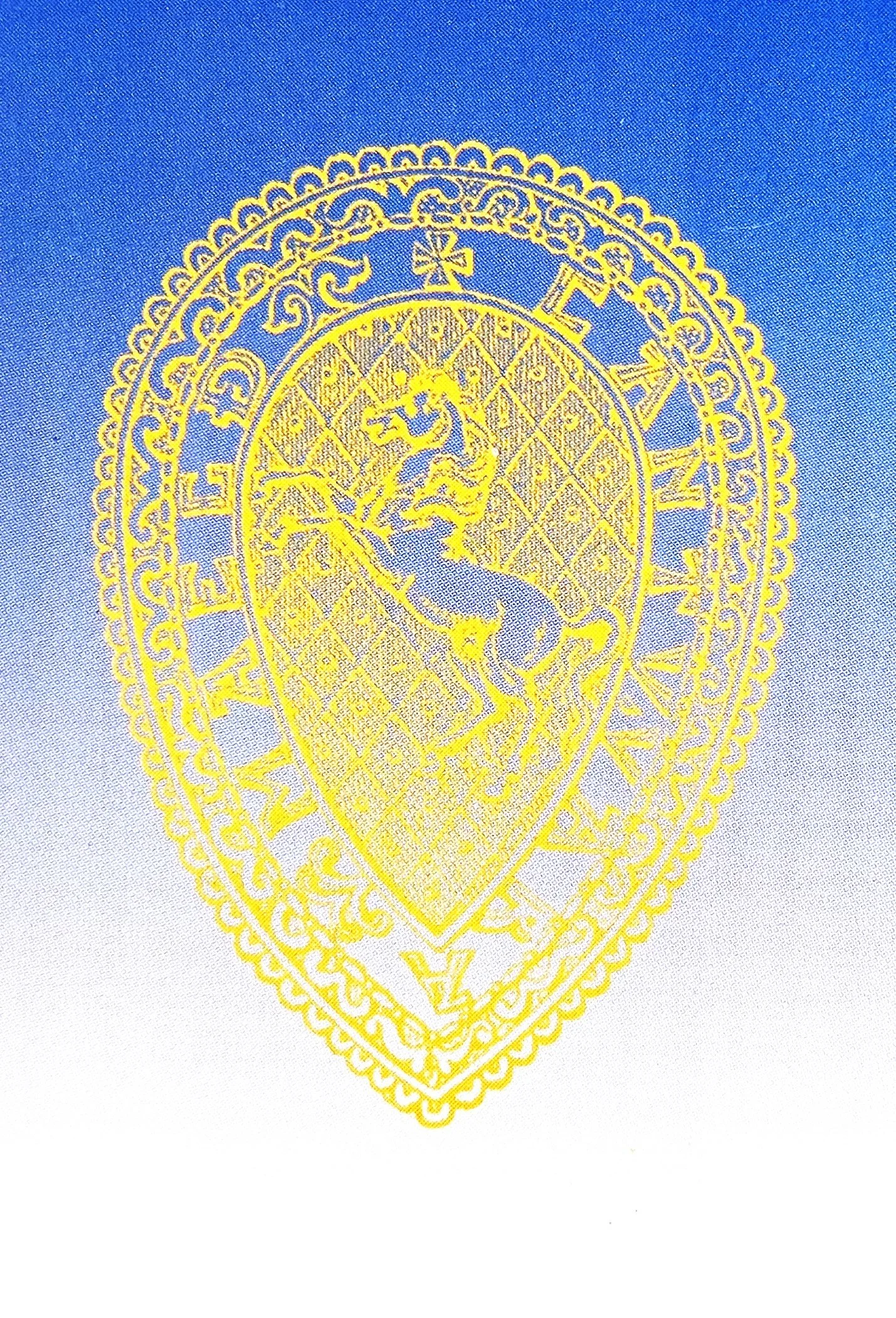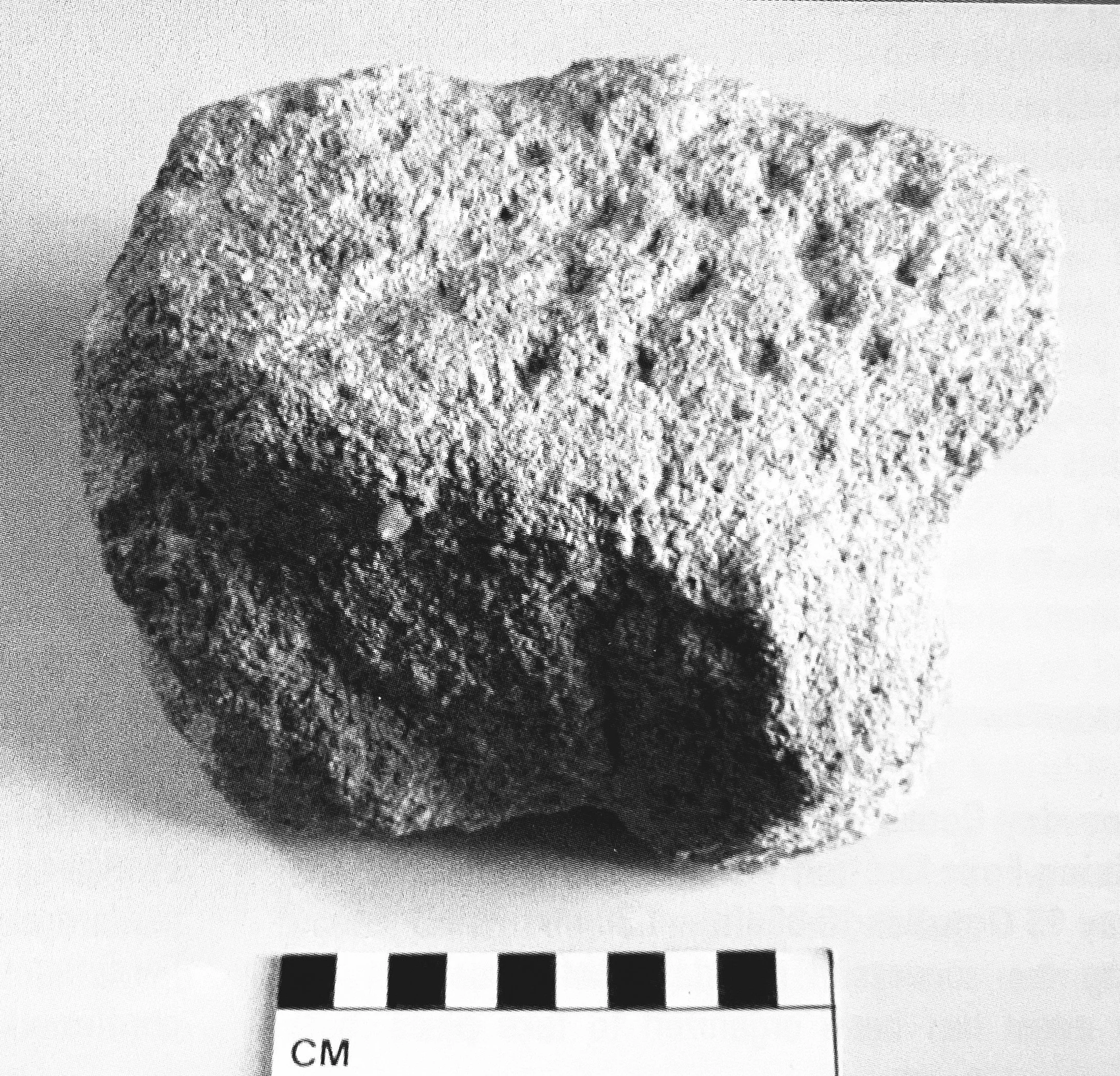KAS Newsletter, Issue 64 (Spring 2005). Maidstone: Kent Archaeological Society.
Denis Anstey, Project Manager, 2005, KAS Newsletter, Issue 64 (Spring 2005). Maidstone: Kent Archaeological Society.
KAS Newsletter, Issue 64 (Spring 2005). Maidstone: Kent Archaeological Society.
Peter Hobbs, Old St Albans Court, Nonington, 2005, KAS Newsletter, Issue 64 (Spring 2005). Maidstone: Kent Archaeological Society.
KAS Newsletter, Issue 64 (Spring 2005). Maidstone: Kent Archaeological Society.
KAS Newsletter, Issue 64 (Spring 2005). Maidstone: Kent Archaeological Society.
Mrs C M Short (Hon. Sec. Grants Committee), 2005, KAS Newsletter, Issue 64 (Spring 2005). Maidstone: Kent Archaeological Society.
KAS Newsletter, Issue 64 (Spring 2005). Maidstone: Kent Archaeological Society.
Neil Aldridge, 2005, KAS Newsletter, Issue 64 (Spring 2005). Maidstone: Kent Archaeological Society.
KAS Newsletter, Issue 64 (Spring 2005). Maidstone: Kent Archaeological Society.
, 2005, KAS Newsletter, Issue 64 (Spring 2005). Maidstone: Kent Archaeological Society.
KAS Newsletter, Issue 64 (Spring 2005). Maidstone: Kent Archaeological Society.
Lesley Feakes, Lenham Archaeology Group, 2005, KAS Newsletter, Issue 64 (Spring 2005). Maidstone: Kent Archaeological Society.
Victor Smith, 2005, KAS Newsletter, Issue 64 (Spring 2005). Maidstone: Kent Archaeological Society.
Alan Abbey, Historical Research Group of Sittingbourne, 2005, KAS Newsletter, Issue 64 (Spring 2005). Maidstone: Kent Archaeological Society.
Keith Parfitt, Canterbury Archaeological Trust and Stuart Needham, The British Museum, 2005, KAS Newsletter, Issue 64 (Spring 2005). Maidstone: Kent Archaeological Society.










Richard Greatorex, Wessex Archaeology, 2005, KAS Newsletter, Issue 64 (Spring 2005). Maidstone: Kent Archaeological Society.